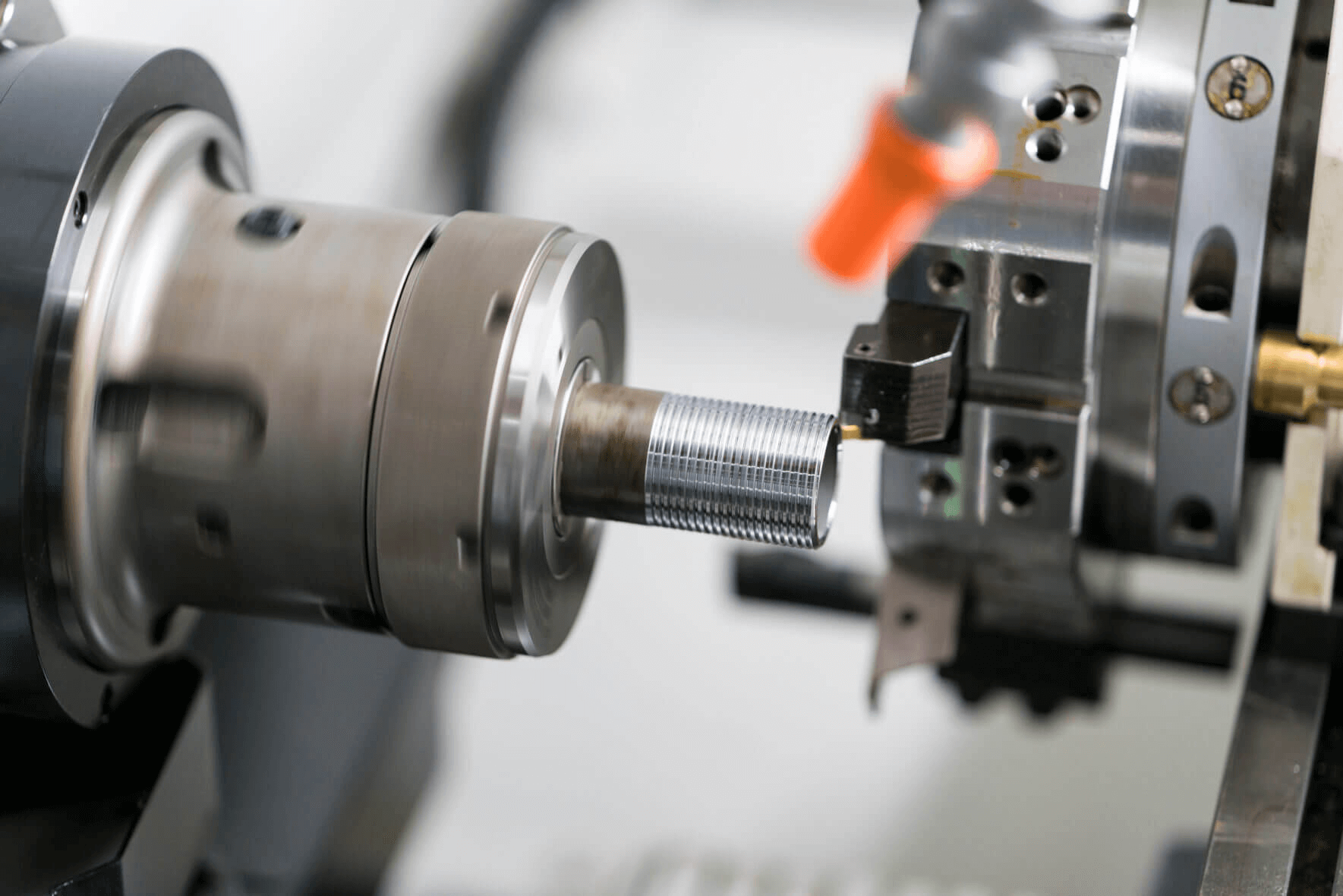CNC Swiss Precision Machining: From Origins to Modern Applications
The history of CNC Swiss precision machining is a fascinating and significant aspect of the CNC machining industry. Also known as Swiss turning or Swiss screw machining, this precision engineering technique has been used for centuries to produce small, intricate parts with high precision.
In this article, we will take a deep dive into the origins of CNC Swiss precision machining and how it has evolved over time. We will also discuss the key figures in the history of CNC Swiss precision machining and the technological advancements that have made Swiss-made machining a hallmark of quality and precision.
Whether you are new to the field of precision engineering or a seasoned professional, this article will provide you with valuable insights into the history of CNC Swiss precision machining.
1.Introduction to CNC Swiss Precision Machining
CNC Swiss precision machining is a highly advanced manufacturing process that produces parts with extremely close tolerances. It involves the use of highly accurate and efficient machines that allow parts to be produced in large quantities.
CNC Swiss precision machining has played a key role in the development of modern manufacturing technology and has become an integral part of the precision engineering industry.
In this section, we will explore the main features, advantages and impact of CNC Swiss precision machining on modern manufacturing. We will also discuss the key technologies used in CNC Swiss precision machining and the key players in the Swiss machining industry.
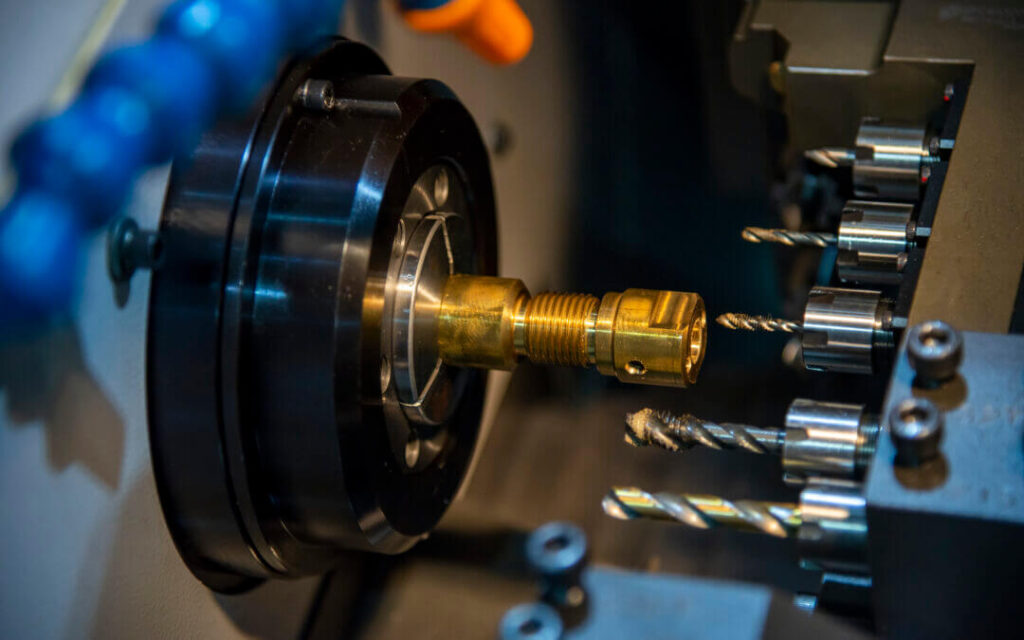
2.Main Features of CNC Swiss Precision Machining
CNC Swiss precision machining is characterized by its ability to produce parts with extremely close tolerances, high precision and excellent surface finish. It can easily produce complex shapes and contours, which is ideal for producing parts that are difficult or impossible to produce using traditional machining methods.
At the same time, CNC Swiss precision machining also allows for large-scale production of parts with high repeatability, making it ideal for large-scale production.
3.Advantages of CNC Swiss Precision Machining
CNC Swiss precision machining has several advantages over traditional machining methods. One of the most significant advantages is its ability to produce parts with extremely close tolerances and high precision. This makes it ideal for producing parts that require high precision and accuracy, such as medical implants, aerospace components and automotive parts.
Compared with traditional machining methods, CNC Swiss precision machining can also shorten production time, reduce setup time and reduce costs.
4.Key Technologies Used in CNC Swiss Precision Machining
CNC Swiss precision machining uses several key technologies, including computer numerical control (CNC) machines, sliding headstock machines, and guide bushings. CNC machines use computer programs to control the movement and position of cutting tools, allowing for accurate and efficient production of parts. Sliding headstock machines can produce slender parts with high precision, while guide bushings ensure the accuracy and consistency of part production.
5.Early Development of CNC Swiss Precision Machining
The origins of CNC Swiss precision machining can be traced back to the rise of the Swiss watchmaking industry in the 16th century. The watchmaking industry required precise and small parts, which led to the development of specialized machines to produce complex parts.
One of the most important early developments in Swiss precision machinery was the introduction of Swiss screw cutting machines in the 18th century. These machines could accurately produce screws and other small parts that were essential to the watchmaking industry.
Over time, CNC Swiss precision machining evolved from the watchmaking industry to other industries, including the medical, aerospace, and automotive industries. Today, CNC Swiss precision machining is used to produce a wide variety of parts, from simple screws to complex medical implants.
The history of CNC Swiss precision machining is closely tied to the history of Swiss watchmaking, and the two industries have historically influenced each other. Swiss-made watches are renowned for their precision, and CNC Swiss precision machining continues to play a vital role in the production of high-quality watches.
Other industries have also benefited from CNC Swiss precision machining, as the technology enables the production of high-precision parts necessary for medical devices, aircraft engines, and automotive parts. CNC Swiss precision machining has become synonymous with quality and precision, and Swiss manufacturers continue to lead the way in producing high-quality parts for a variety of industries.
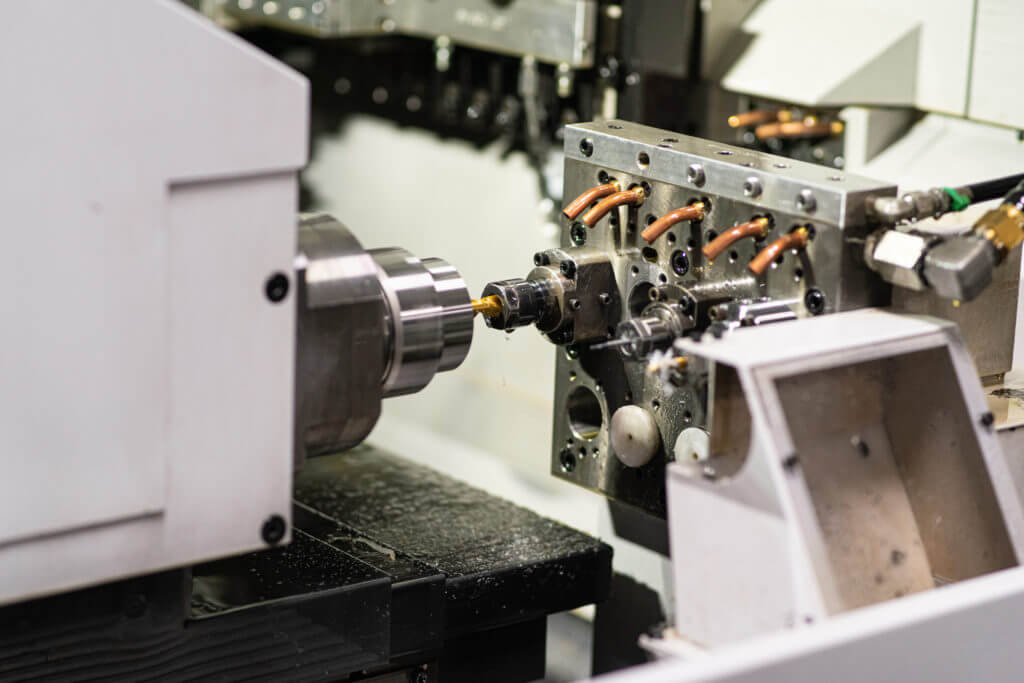
6.Evolution of CNC Swiss Precision Machining
Since its inception, Swiss precision machining has come a long way. The introduction of computer numerical control (CNC) machines in the 1970s revolutionized the manufacturing industry, including Swiss precision machining. CNC machines allow for increased precision and consistency, as well as greater automation, resulting in significant improvements in efficiency and accuracy.
Swiss CNC machining is a specialized form of CNC machining that uses machines designed specifically for Swiss precision machining. These machines are able to produce long, slender parts with high precision, which is particularly useful for the medical and aerospace industries.
Advances in precision CNC machining technology continue to improve the accuracy and efficiency of Swiss precision machining. Today, Swiss-made machining is synonymous with quality and precision. Swiss precision machining is able to produce parts with tolerances as small as a few microns, making it an essential manufacturing process for industries that require high-precision parts.
The Swiss machining industry has also benefited from the development of new materials and cutting tools that have made it possible to produce more complex and higher-precision parts. These advances have made Swiss-made machining more efficient, precise, and cost-effective, benefiting the various industries that rely on Swiss-made parts.
7.Advantages and Disadvantages of CNC Swiss Precision Machining
Advantages of CNC Swiss precision machining:
1) High precision and consistency
CNC Swiss precision machining is known for its ability to produce parts with high precision and consistency. This makes it an ideal choice for industries that require precision parts, such as the medical and aerospace industries.
2) Ability to produce complex parts
Swiss precision machining is able to produce complex parts with tight tolerances that are difficult or impossible to produce with other types of CNC machining.
3) High-volume production of small parts
Swiss precision machining can produce small parts in large quantities, reducing production time and costs.
Disadvantages of Swiss precision machining:
1) Not suitable for the production of large parts
Swiss precision machining is not suitable for the production of large parts because it requires the use of guide bushings, which limit the length of the part that can be machined.
2) Higher cost
Swiss precision machining can be more expensive than other types of CNC machining due to the need for specialized tools and expertise.
3) Requires specialized training and expertise
Swiss precision machining requires specialized training and expertise, which can make it more difficult to find qualified operators.
Overall, Swiss precision machining is a high-precision precision machining method for producing small, complex parts. However, it may not be the most cost-effective option for the production of large parts and requires specialized training and expertise to operate.
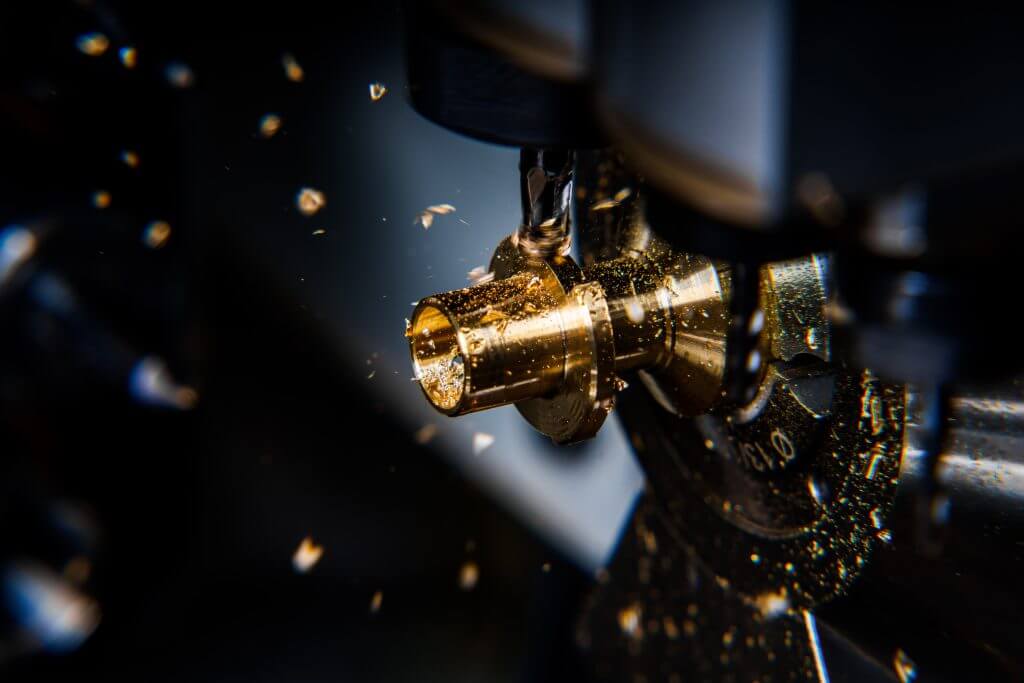
8.Applications of CNC Swiss Precision Machining
Swiss precision machining has proven to be a successful solution for various industries such as medical devices, aerospace, and automotive. For example, dental implant companies have implemented Swiss precision machining to reduce production time and costs while improving the accuracy and reliability of implants.
1) Medical Industry
In the medical industry, Swiss precision machining plays a key role in producing high-precision parts for medical devices such as pacemakers and surgical instruments. These devices require high precision and accuracy to ensure their safety and effectiveness. Swiss precision machining is also used to produce orthopedic implants, prostheses, and other medical devices that require complex parts and shapes.
2) Aerospace Industry
In the aerospace industry, Swiss precision machining is essential for the production of engines, turbines, and other critical components. Swiss machining technology can produce parts with complex shapes and high precision, which is essential to ensure the safety and reliability of aircraft.
3) Automotive Industry
The automotive industry also relies heavily on Swiss precision machining to produce high-quality engine parts and other components. Swiss machining technology has been used to produce fuel injection systems, gearboxes, and other critical components that require high precision and accuracy.
Overall, the successful implementation of Swiss precision machining in these industries demonstrates the importance of precision and accuracy in the manufacturing process. Swiss-made machining has become synonymous with quality and reliability, and Swiss manufacturers continue to lead the way in producing high-quality parts for a variety of industries.
9.The Future of CNC Swiss Precision Machining
The future of Swiss precision machining is exciting, with a range of technological advances and new applications emerging. One trend that is expected to continue is the use of automation and robotics in Swiss precision machining, which can increase efficiency and reduce costs. This trend is supported by the development of sophisticated software and control systems that can automate complex machining operations.
Another trend expected to impact Swiss precision machining is the combination of additive manufacturing or 3D printing with Swiss precision machining to produce more complex parts with greater precision and consistency. Additive manufacturing technology is becoming more advanced and powerful, making it easier to produce parts with complex geometries and tight tolerances.
Swiss machine tools are also expected to play an increasingly important role in the future of manufacturing. Swiss machine tools are known for their high quality and precision, and are designed to produce small, complex parts at high speeds. As the demand for high-precision parts continues to grow across industries, Swiss machine tools are expected to become more important in the manufacturing industry.
In addition to these trends, there are several other developments that may affect Swiss precision machining in the future. For example, the use of artificial intelligence and machine learning algorithms can enable more precise and efficient machining operations. The development of new materials and cutting tools also has the potential to further improve the accuracy and efficiency of Swiss precision machining.
Overall, the future of CNC Swiss precision machining is bright, with a range of exciting developments on the horizon. As technology continues to advance, we can expect to see more precise and efficient machining operations, which will benefit a range of industries that rely on Swiss-made parts.
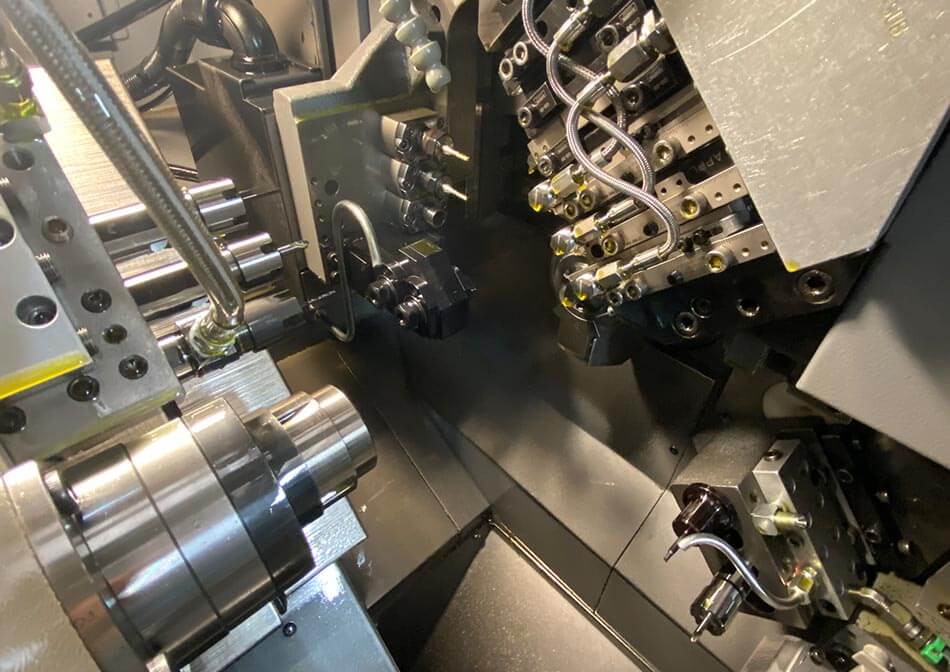
10.Tips for Successful CNC Swiss Precision Machining
If you plan to use Swiss precision machining to produce your parts, here are some insider tips to help you succeed:
1) Select an experienced Swiss precision machining supplier
When selecting a Swiss precision machining supplier, it is crucial to look for a supplier that has a successful track record in your industry. Look for suppliers that have experience producing parts similar to the ones you need, and ask for referrals from other customers in your industry. This will help you ensure that you are working with a reputable supplier that can meet your specific requirements.
2) Optimize design for CNC Swiss precision machining
When designing Swiss precision machined parts, it is important to keep in mind the capabilities and limitations of the machining process. Consulting with your Swiss precision machining supplier early in the design process to ensure that your design is optimized for the machining process can help reduce costs and improve quality. Your supplier can help you identify any potential problems early on, which can save you time and money in the long run.
3) Invest in high-precision measuring instruments
When evaluating the quality of parts produced using Swiss precision machining, it is important to use accurate and reliable measuring tools. Consider investing in high-precision measuring instruments, such as coordinate measuring machines, to ensure that your parts meet the required specifications. This will ensure that the parts produced using Swiss precision machining are of the highest quality and meet your specific needs.
By following these insider tips, you can ensure that your Swiss precision machining project is a success. Remember, choosing the right Swiss precision machining supplier, optimizing your design, and investing in accurate measuring instruments are all key factors in achieving high-quality, precision parts.
11.Conclusion
In summary, Swiss precision machining has a long history, from its origins in the Swiss watchmaking industry to modern applications in a variety of industries.
Advances in technology, such as the introduction of CNC machine tools, Swiss CNC machining, and precision CNC machining technology, continue to improve the accuracy and efficiency of CNC Swiss precision machining.
While it may not be suitable for every application, Swiss precision machining is a valuable process for industries that require high-precision parts and can provide significant advantages when used properly. With new trends and new applications constantly emerging, the future of Swiss precision machining is bright.
